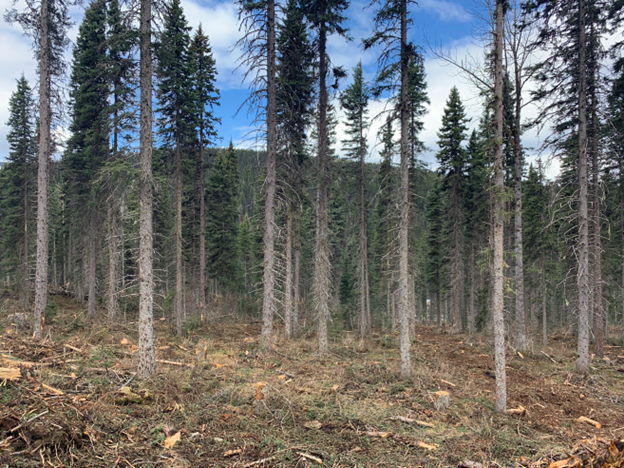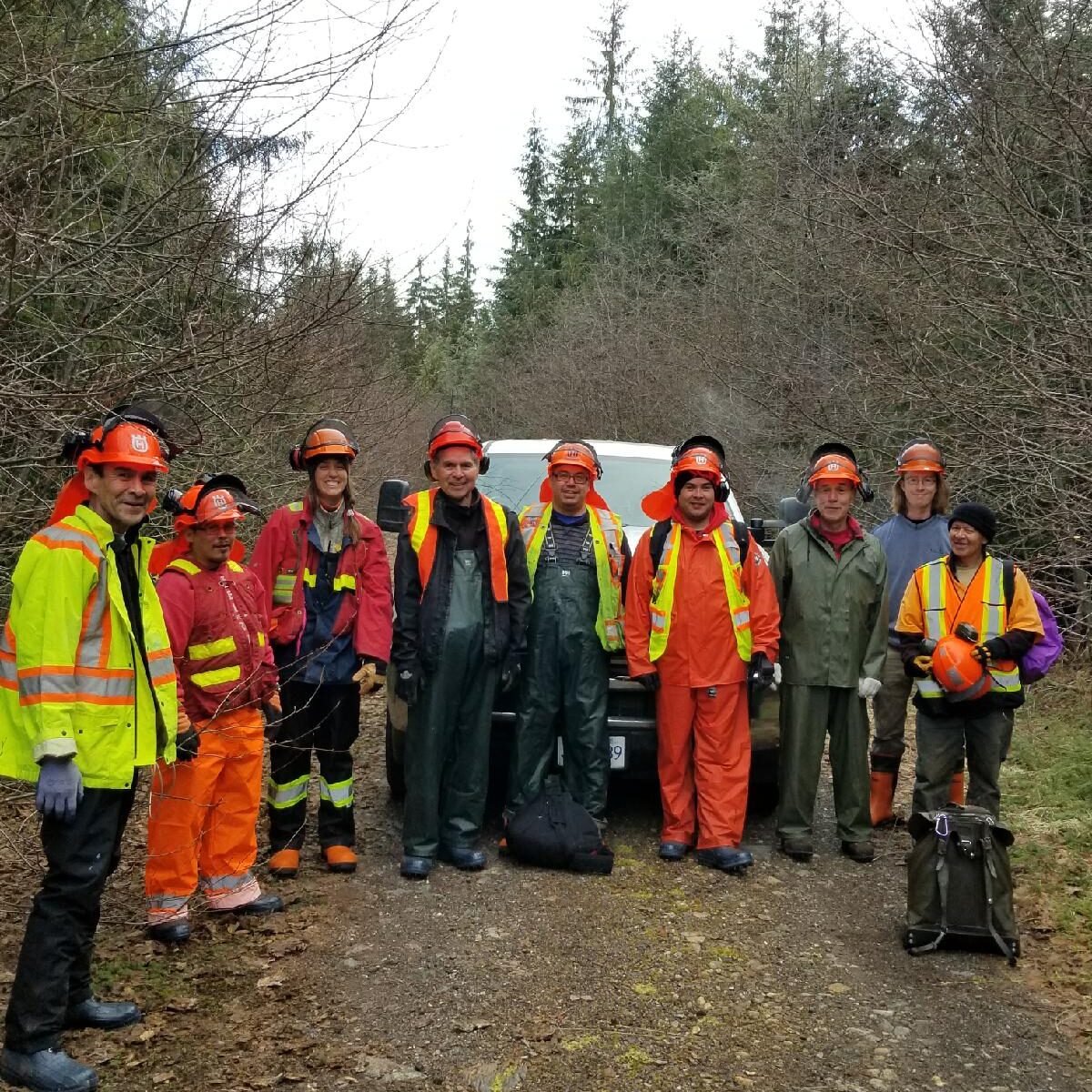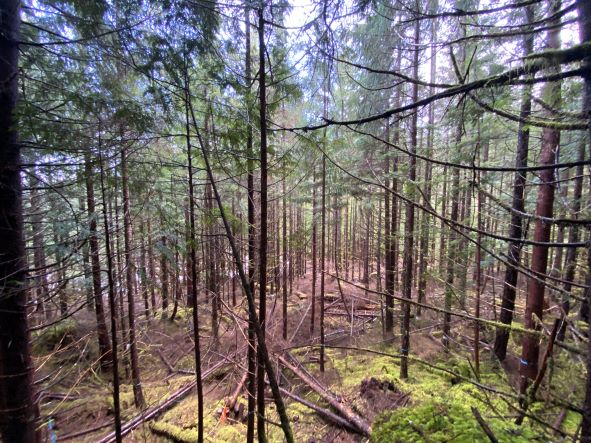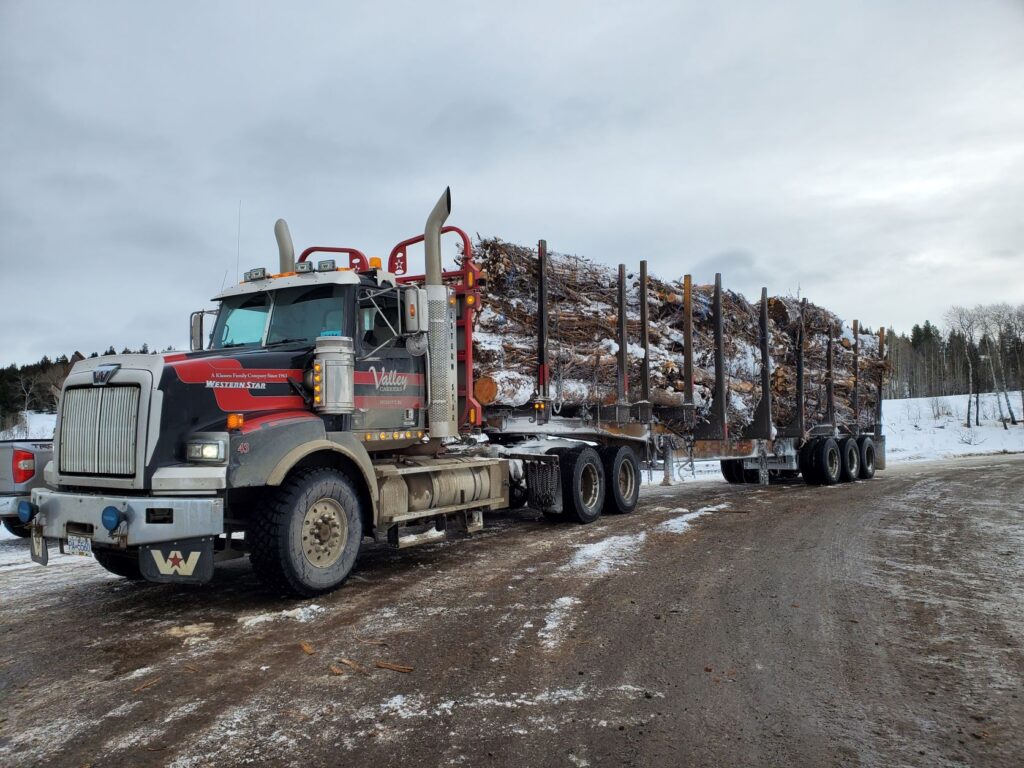British Columbia: With $25 million in new funding from the provincial government, the Forest Enhancement Society of BC (FESBC) is launching its FESBC 2022-2023 Funding Program today. FESBC will be accepting applications to fund projects that will assist the Province of British Columbia in reducing wildfire risk and increasing community resiliency to wildfire across B.C.
“The Forest Enhancement Society of BC is a proven partner in delivering projects on the ground that protect people from wildfire risks and reduce emissions from slash pile burning,” said Katrine Conroy, Minister of Forests. “Along with the historic investments in Budget 2022 to transform the BC Wildfire Service into a year-round service and double funding for proactive wildfire prevention, this new funding for FESBC will help build communities that are safer and more resilient to climate change.”
Steve Kozuki, RPF, FESBC Executive Director, explained what this funding would mean for the work undertaken by FESBC to reduce wildfire risk throughout the province, and said that it was encouraging to see more people realizing the benefits of protecting communities from wildfire risk.
“The Forest Enhancement Society of BC is thrilled with the funding announcement, and we are looking forward to seeing applications for projects focused on reducing wildfire risk throughout the province,” said Kozuki.
FESBC has previously helped to reduce wildfire risk in 120 communities across the province.
Many of these projects have also gone above and beyond the primary objective of reducing wildfire risk and have identified additional outcomes that have proven beneficial to communities.

Granisle Wildfire Mitigation | Photo: Babine Lake Community Forest Society 
Barkerville Historic Town Wildfire Fuel Treatment Photo: FESBC 
Okanagan Nation Alliance Wildfire Risk Reduction Munro Operations | Photo: Okanagan Nation Alliance
“Our favourite wildfire risk reduction projects not only reduce the risk of wildfire but also improve wildlife habitat, create recreation trails, increase the health of the forest so they are more resilient to climate change, and use the left-over biomass or wood waste to make green energy,” noted Kozuki. “Achieving multiple objectives is good forest management and good value for money.”
When it comes to wildfire risk reduction work, typically, communities will start by creating a wildfire risk reduction plan. The plan identifies infrastructure and priorities that need to be protected such as homes, buildings, water, power, communications towers, safe gathering places, escape routes, etc. Next, areas of risk are identified; oftentimes, these can be thicker or more dense forests near communities that might throw embers into the air if the forest catches on fire during a drought.
Then, after consulting with the citizens and considering other values such as wildlife habitat, recreational amenities, visual aesthetics, climate change, and so on, treatment prescriptions are written by forest professionals. FESBC funds all of these project activities from start to finish.
“In our five-year history, we have helped Indigenous communities, municipalities, regional districts, woodlots, and community forests take action to protect their communities from wildfire,” said Kozuki.
This year, successful applicants will receive funding to undertake activities that fall under at least one of the three criteria:
- Wildfire Risk Reduction planning and treatment prescription development
- Wildfire Risk Reduction treatments
- Recovery and utilization of low-value residual fibre resulting from wildfire risk reduction treatments funded by FESBC
Gord Pratt, RPF, FESBC Senior Manager said, “The primary purpose of our work is to assist the Province in reducing the wildfire risks to the people of B.C.”
A document with details on the application process, eligibility criteria and a step-by-step guide on next steps is available on the FESBC website, titled FESBC 2022-23 Funding Program Guide.
FESBC will host a virtual information session that will guide proponents on the criteria FESBC wants to see in the applications, as well as on the steps that need to be taken to put together an application through the online portal.
“The Forest Enhancement Society of BC wants all good projects to succeed, and the information session will help people get the information they need to enable them to submit excellent proposals for our consideration,” said Pratt. “The information session is there to help them be successful.”
For those who cannot attend the information session, a recording will be available to view on FESBC’s website the following day or by contacting FESBC Communications Liaison, Aleece Laird, at communications@fesbc.ca
FESBC 2022 – 2023 Funding Program Information Session
When: June 28, 2022 at 2 p.m. (Pacific Time)
Where: Online, via Zoom
To register for the information session, please visit: bit.ly/FESBCFunding
Applications will be accepted through the Forest Enhancement Society Information Management System (FESIMS) starting on June 20, 2022. The on-line FESIMS portal will remain open for applications until all the funds have been allocated. Proposal evaluations will begin July 11, 2022. Funding applications will be required to clearly demonstrate that all activities under the proposal will be fully completed and invoiced by March 15, 2024. Interested proponents are encouraged to visit www.fesbc.ca and to click the Applying for Funding tab for details on how to apply through the FESIMS system.
FESBC would like to gratefully acknowledge the financial support of the Province of British Columbia through the Ministry of Forests.
For an interview with FESBC contact: Aleece Laird, Communications Liaison | communications@fesbc.ca | 250.574.0221
About FESBC: the purposes of FESBC are to advance environmental and resource stewardship of B.C.’s forests by: preventing and mitigating the impact of wildfires; improving damaged or low-value forests; improving habitat for wildlife; supporting the use of fibre from damaged and low-value forests; and treating forests to improve the management of greenhouse gases. As of March 2021, FESBC has supported 269 projects valued at $238 million, in partnership with governments of B.C. and Canada.
-30-































